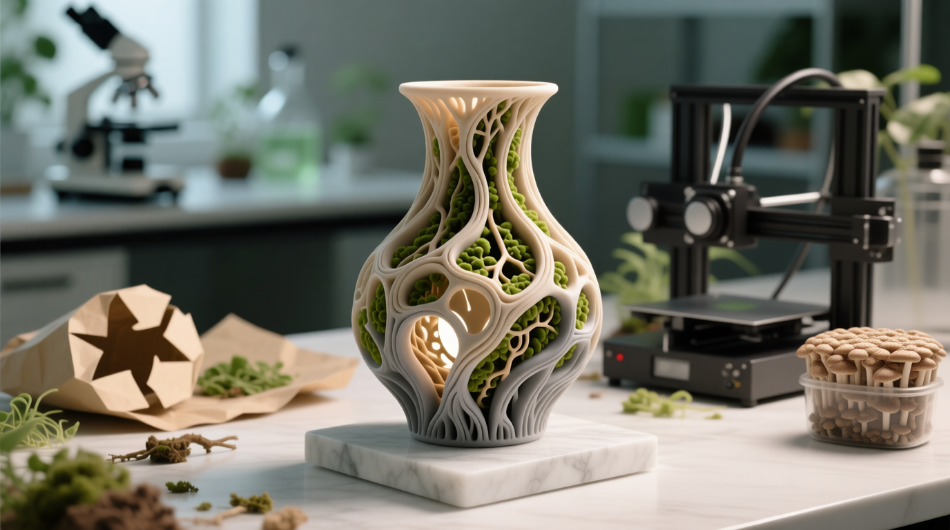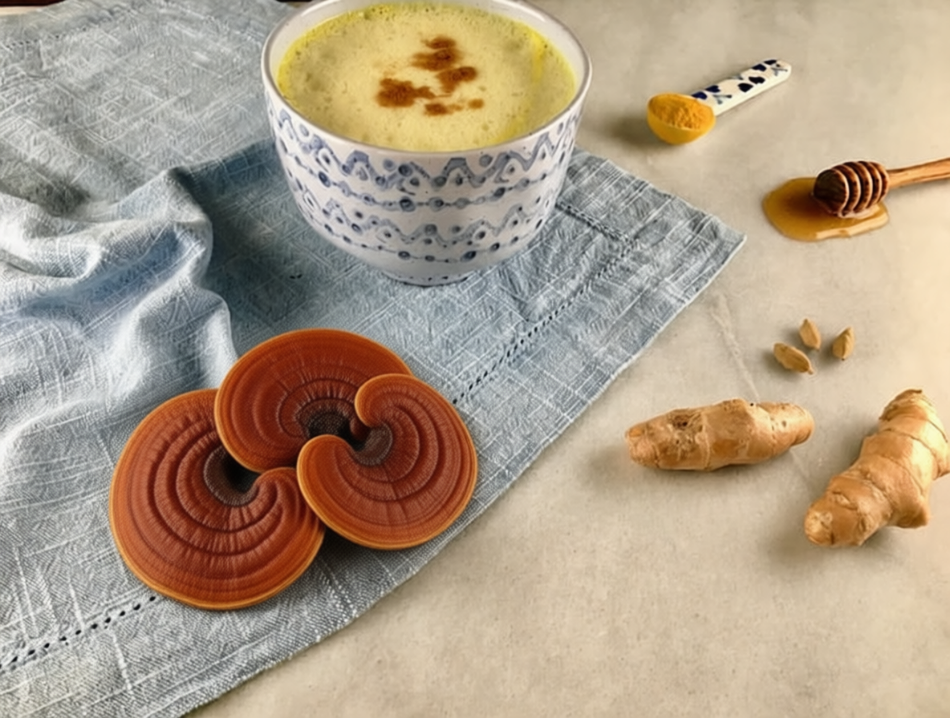Welcome to a fascinating journey through one of the most promising frontiers of biofabrication: 3D printing. Specifically, we'll delve into mycelium 3D printing, a technology that combines ancient mycological knowledge with the most advanced additive manufacturing techniques. We'll discover how this innovation is paving the way for a new era of sustainable production, where objects not only emerge from nature, but return to it without leaving any polluting traces. Mycelium 3D printing represents a perfect synthesis of biology and technology, offering concrete solutions to the environmental challenges of our time. Through this comprehensive guide, we'll analyze the processes, materials, applications, and future prospects of this fascinating technology, with a scientific yet accessible approach for all mycology and sustainability enthusiasts.
Welcome to a sensory journey to discover one of the most promising beverages in the natural wellness landscape. The so-called "golden milk," an ancient Ayurvedic preparation, meets the age-old wisdom of mycotherapy, merging with the Reishi mushroom, the "mushroom of immortality." This article aims to explore every aspect of this preparation, from its historical roots to the most modern scientific studies, including detailed analyses of its components, comparative tables, a proven recipe, and considerations for home cultivation of its key ingredients.
Welcome, mycology enthusiasts, cultivators, and researchers, to an in-depth journey into the heart of one of the most critical parameters for successful mushroom cultivation: humidity. This element, often underestimated by novices, represents the lifeblood for every stage of the fungal life cycle, from spore germination to final fruiting. In this comprehensive treatise, we will explore not only the "what to do" but especially the "why" and the "how", dissecting every technical, scientific, and practical aspect. Through precise data, comparative tables, analysis of instrumentation, and proven protocols, we will transform humidity management from a mysterious art into an applicable science, guaranteeing the best results for your cultivations, whether it's a small home kit or a large-scale commercial operation.












